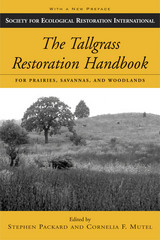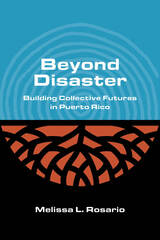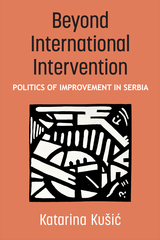2 books about Steuter, Al

Prairie Conservation
Preserving North America's Most Endangered Ecosystem
Edited by Fred B. Samson and Fritz L. Knopf; Foreword by Governor of Nebraska E.Benjamin Nelson
Island Press, 1996
The area of native prairie known as the Great Plains once extended from Canada to the Mexican border and from the foothills of the Rocky Mountains to western Indiana and Wisconsin. Today the declines in prairie landscape types, estimated to be as high as 99%, exceed those of any other major ecosystem in North America. The overwhelming loss of landscape and accompanying loss of species constitute a real threat to both ecological and human economic health.Prairie Conservation is a comprehensive examination of the history, ecology, and current status of North American grasslands. It presents for the first time in a single volume information on the historical, economic, and cultural significance of prairies, their natural history and ecology, threats, and conservation and restoration programs currently underway. Chapters cover: environmental history of the Great Plains the economic value of prairie prairie types -- tallgrass, mixed grass, shortgrass, wetlands -- and the ecological processes that sustain each type prairie fauna -- invertebrates, fish and other aquatic creatures, amphibians and reptiles, birds, and mammals conservation programs such as the Great Plains Partnership, Canada's Prairie Conservation Action Plan, the U.S. Prairie Pothole Joint Venture, and others The book brings together knowledge and insights from a wide range of experts to describe and explain the importance of prairies and to position them in the forefront of North American conservation efforts. Praire Conservation is an essential reference for anyone interested in prairie ecology and conservation and will play a critical role in broadening our awareness and understanding of prairie ecosystems.
[more]

The Tallgrass Restoration Handbook
For Prairies, Savannas, and Woodlands
Edited by Stephen Packard and Cornelia F. Mutel
Island Press, 1997
Prairies are among the most severely degraded ecosystems on the North American continent, with virtually no original prairie land extant in a pristine state. Because of the amount and severity of environmental damage visited upon them, prairies have become a proving ground for the fledgling craft of ecological restoration.The restoration of ecosystems is a practical science, with little theoretical knowledge available to guide the work of practitioners. Information is acquired primarily through an arduous process of trial and error, and the need for sharing information is immense. The Tallgrass Restoration Handbook is thus an essential contribution to the literature.The book is a hands-on manual that provides a detailed account of what has been learned about the art and science of prairie restoration and the application of that knowledge to restoration projects throughout the world. Chapters provide guidance on all aspects of the restoration process, from conceptualization and planning, to execution and monitoring. Chapters cover: conserving biodiversity restoring populations of rare plants plowing and seeding obtaining and processing seeds conducting burns controlling invasive plants animal populations monitoring vegetation and more Other resources include a key to restoration options that provides detailed instructions for specific types of projects and a comprehensive glossary of restoration terms. Appendixes present hard-to-find data on plants and animals of the prairies, seed collection dates, propagation methods, sources of seeds and equipment, and more.The Tallgrass Restoration Handbook is a state-of-the-art compendium that can serve a vital role as a sort of "parts catalog and repair manual" for the tallgrass prairies and oak openings of the Midwest. Written by those whose primary work is actually the making of prairies, it explores a myriad of restoration philosophies and techniques and is an essential resource for anyone working to nurture our once-vibrant native landscapes to a state of health.
[more]
READERS
Browse our collection.
PUBLISHERS
See BiblioVault's publisher services.
STUDENT SERVICES
Files for college accessibility offices.
UChicago Accessibility Resources
home | accessibility | search | about | contact us
BiblioVault ® 2001 - 2025
The University of Chicago Press









